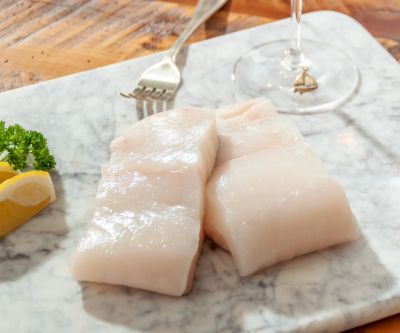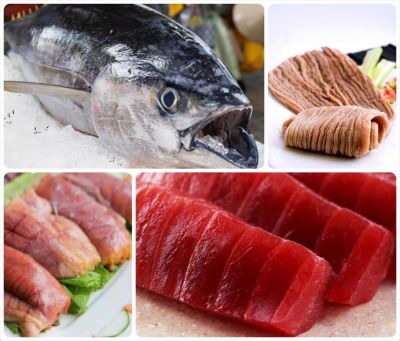Vietnamese pangasius, a flavorful and versatile white fish, is rapidly gaining traction in Mexico’s seafood market, emerging as a favorite among consumers and chefs alike. Despite the vast expanse of the Pacific Ocean separating the two nations, this affordable and high-quality fish has made a significant impact, becoming a staple in Mexican kitchens.
In the first half of 2024, Mexico has solidified its position as one of the top importers of Vietnamese pangasius, alongside China and the United States. According to Vietnam Customs, pangasius exports to Mexico reached an impressive $39 million by mid-July, marking a 14% increase from the same period last year. This surge in demand is driven by Mexico's dynamic economy, which serves as a gateway to over 500 million consumers in the region, making it an attractive market for Vietnamese exporters.
The Comprehensive and Progressive Agreement for Trans-Pacific Partnership (CPTPP) has played a pivotal role in facilitating the growth of pangasius exports to Mexico. Under this trade agreement, seafood products, including pangasius, enjoy significant incentives, allowing Vietnamese exporters to penetrate the Mexican market more effectively. The results have been remarkable, with exports in July 2024 alone exceeding $4 million, a staggering 90% increase compared to the same month in 2023.
After a brief dip in imports earlier this year, the Mexican market saw a resurgence in demand for Vietnamese pangasius, particularly in May and June. June 2024 was a standout month, with pangasius imports reaching over $8 million, a 50% increase from June 2023. The majority of these imports were frozen pangasius fillets and frozen cut pangasius products, with fillet exports (HS code 0304) alone accounting for more than $18 million in the second quarter of 2024.
Vietnamese pangasius has quickly become a highly competitive alternative to other white fish varieties such as cod, haddock, and pollock. Its firm texture, delicate flavor, and significantly lower production costs have made it a preferred choice not only for Mexican consumers but also for seafood lovers in many other countries.
Interestingly, while frozen fillets dominate the export market, Mexico has shown minimal interest in VAT-processed pangasius products (HS code 16) from Vietnam. In the first half of 2024, VAT-processed pangasius imports amounted to nearly $300,000, representing a 262% increase compared to the same period last year. However, this segment remains a small portion of the overall pangasius market in Mexico.
Despite the challenges posed by geographical distance, Vietnamese pangasius continues to thrive in the Mexican market. The fish's growing popularity is a testament to its quality, affordability, and versatility. As the demand for this fish continues to rise, it is poised to become an even more significant player in the global seafood market, further strengthening the trade ties between Vietnam and Mexico.
For businesses and consumers in Mexico, Vietnamese pangasius offers a delectable and cost-effective option, satisfying the growing appetite for high-quality seafood. As we move forward into the latter half of 2024, the outlook for Vietnamese pangasius in Mexico remains overwhelmingly positive, with expectations of continued growth and expansion in this vibrant market.





